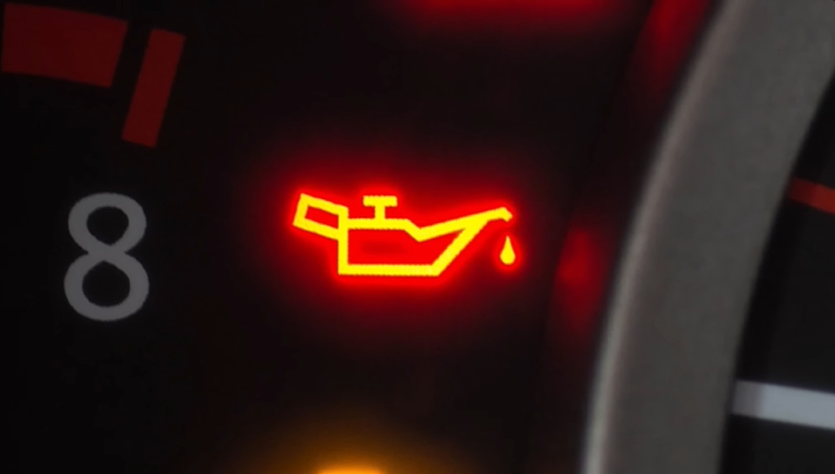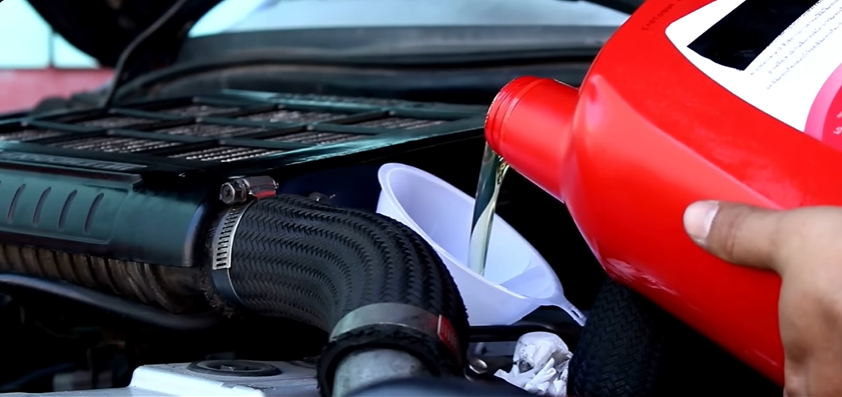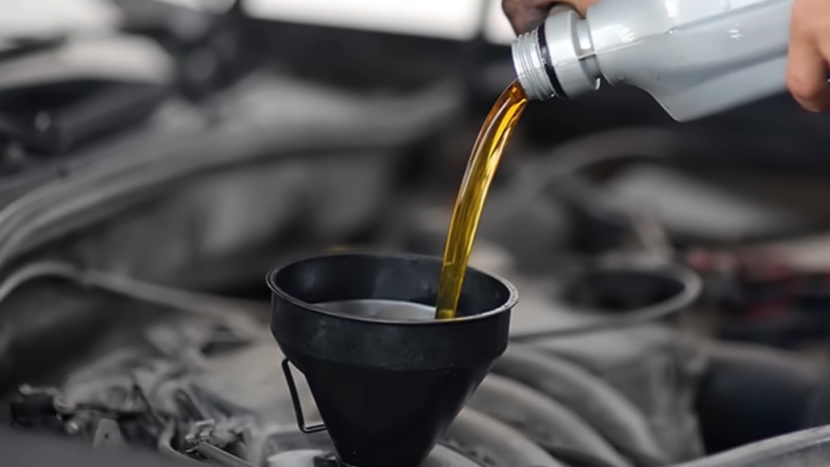If your oil light is on, it means that your engine is not getting enough oil. Several factors, such as a leak in your oil system or an issue with the oil pump, could cause this. If you see your oil light come on, you should check your oil level and add more if necessary.
If the light remains on after adding oil, or if you notice any other issues with your engine, it is recommended that you take it to a mechanic for inspection.
The oil light on your car is designed to indicate when the engine oil pressure is low. If it stays on, it means that there isn’t enough oil pressure in the engine, and it needs to be checked. The first thing you should do is check the oil level and make sure it’s full.
If it is, then you’ll need to have the engine checked by a mechanic to determine the cause of the low oil pressure.
How Long Should Oil Light Stay On?
If your oil light is on, it means that your engine is not getting the proper lubrication it needs. This can cause serious damage to your engine if left unchecked. Depending on the severity of the issue, you may have a few minutes or a few hours before major damage occurs.
If your oil light is on, check your oil level immediately and add oil if necessary. If the light does not go off after adding oil, then you will need to have your engine checked by a mechanic as soon as possible.
Does Oil Light Stay on While Driving?
The purpose of the oil light is to indicate that the engine oil pressure is low. If the light is on while driving, it means that the oil pressure is below the normal operating range. Several factors, including a leak in the oil system, an issue with the oil pump, or a problem with the bearings, can cause this.
Regardless of the cause, it’s important to have the problem checked out by a mechanic as soon as possible. Driving with low oil pressure can lead to serious engine damage.
Why Would the Oil Light Come on And Go Off?
Oil plays a vital role in keeping your car engine running smoothly. Not only does it lubricate moving parts, but it also helps to keep the engine clean and cool. So, when your oil light comes on, it’s a sign that there’s not enough oil in the system and you need to top up.
There are a few reasons why your oil light might come on and then go off again. You may be low on oil and need to add more, or the sensor may be faulty and require replacement. If you’re unsure, it’s always best to get your car checked out by a mechanic, just to be safe.
Does the Oil Light Turn off Automatically?
The oil light on your car is designed to come on when the engine is low on oil. It is essential to monitor this light and add oil to the engine as needed. In most cases, the oil light will turn off automatically once the engine has enough oil.
However, if the oil light stays on after adding oil, it may be a sign of a more serious problem, and you should take your car to a mechanic to have it checked out.
Oil Light Comes ON But Oil Is FULL| All About Auto
What to Do When Oil Light Comes on
If your oil light comes on, don’t panic! Here are some simple steps to take: 1. Check your oil level.
The first thing you’ll want to do is check the level of your engine oil. If the oil level is low, add more oil until the dipstick reaches the full line. 2. Drive cautiously.
Once you’ve checked and filled your oil, drive cautiously until you can reach a service station or mechanic to have your car inspected. Avoid hard starts and braking if possible. 3. Get your car serviced as soon as possible.
Once you’ve made it to a service station or mechanic, they’ll be able to tell you what’s going on with your car and whether or not you need an oil change right away.
Oil Light Comes on, But Oil is Full
If your oil light comes on but the oil level is full, there are several possible explanations. First, it could be a faulty sensor. If this is the case, the light will come on and go off intermittently.
Second, the oil level could be low enough that when you start the engine, it takes a minute for the oil to reach the sensor. In this case, you may see the light come on and then go off after a minute or so. Finally, there could be an issue with the wiring between the sensor and the dash panel.
This is generally less common than either of the first two scenarios.
How Long Can You Drive With the Oil Light on
If you’re like most drivers, you’ve probably seen the oil light come on at some point while driving. But what does it mean? And how long can you drive with it on before causing serious damage to your engine?
The oil light is designed to let you know when your engine oil level is low. It’s essential to keep your engine oil level topped off, as it helps lubricate and cool your engine while it’s running. If you run out of oil or there isn’t enough in your engine, it can overheat and cause severe damage.
So, how long can you drive with the oil light on before needing to add more oil or risk damaging your engine? That depends on several factors, including the make and model of your vehicle, as well as whether the check engine light is also illuminated. If possible, it’s always best to err on the side of caution and add more oil as soon as the light comes on.
However, if you’re in a pinch and need to drive a bit further before being able to add more oil, here are a few general guidelines: – For most vehicles, it’s safe to drive for up to 50 miles after the oil light first illuminates. This should give you plenty of time to reach a service station or auto parts store for additional oil.
– If your check engine light is also illuminated, then stop driving immediately and don’t restart until you’ve added more oil. – For vehicles with turbocharged engines, stop driving as soon as possible after the light comes on since these engines require higher levels of lubrication. Driving even a short distance with low oil levels can cause irreparable damage to your vehicle.
Oil Light Comes on When Parked
If your oil light comes on while you’re parked, there are a few things you can check before calling a tow truck. First, make sure that the oil level is full. If it’s not, add oil until it reaches the full mark.
Next, check to see if the oil light is still on. If it is, turn off the engine and call a tow truck. If the light isn’t on, start the engine and drive to a nearby service station for an oil change.
Conclusion
If your oil light is on, it indicates that there is insufficient oil pressure in your vehicle. Causes, including low oil levels, a faulty oil pump, or a clogged oil filter, can cause these issues. Check your oil level and add more if necessary.
You should also check your oil filter to see if it needs to be replaced. If the light stays on after you’ve done these things, then you should take your car to a mechanic to have it checked out.




Leave a Reply